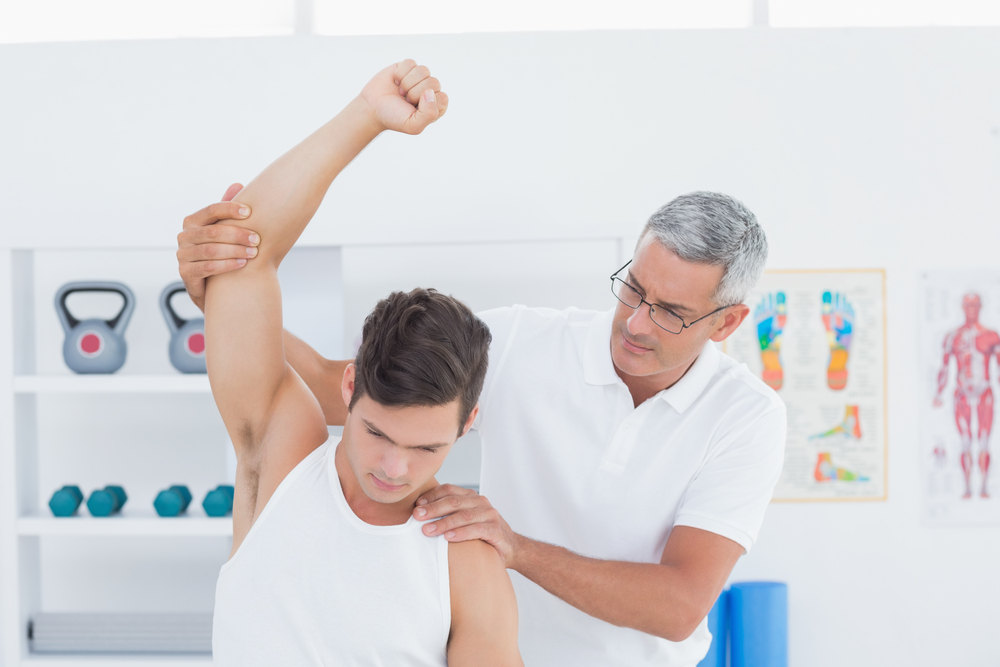Blog Details
Range Of Motion Exercises: Active, Passive And Assisted
Range of motion is very essential for the normal functioning of our body parts. Range of motion refers to how far one can move or stretch a joint.
This range of motion is restricted in various health problems like inflammation, injury, disease, muscle cramps, ligament strain, etc. The limitation differs from person to person. In this blog, we will throw some light on the various types of range of motion exercises that can be recommended by your physiotherapist to regain the movement and functionality of the affected joint. The physiotherapist designs therapeutic exercises to increase the range of motion and flexibility of the involved joint.

Range Of Motion Exercises: Active, Passive And Assisted
Passive Range of Motion (PROM)
This is the space in which the part of the body is moved with the help of someone or something creating the movement, such as a physiotherapist or equipment. The patient does not engage himself i.e., the patient makes no effort to move the joint. PROM exercises are beneficial when a situation such as an accident has left the patient bedridden or wheelchair-bound or paralyzed. If the patient cannot move, the physiotherapist will move the patient's muscles and bend his joints for him daily.
Assisted Active Range of Motion (AAROM)
This is the movement that occurs when someone helps the patient to do the movement. For example, an individual sits on a chair and lifts one leg in front of him as far as he can. Another person who may be a therapist or any helper can help the patient stretch his leg more than he would be able to if the leg is flexed by the patient alone by his muscles. The patient uses the muscles around the weak joint to complete stretching exercises with the help of a physiotherapist or equipment. Stretching a little beyond the limit is good for increasing the range of motion.
Active Range of Motion (AROM)
This is the space in which the part of the body is moved by using the muscles and the effort is made by the individual himself without outside help. With AROM, the patient performs stretching exercises, moving the muscles around the weak joint without any aid. For example, lifting the leg above the hip to stretch the muscles happens within the active range of motion. The active range of motion is performed by holding movements or stretches for at least 30 seconds.
